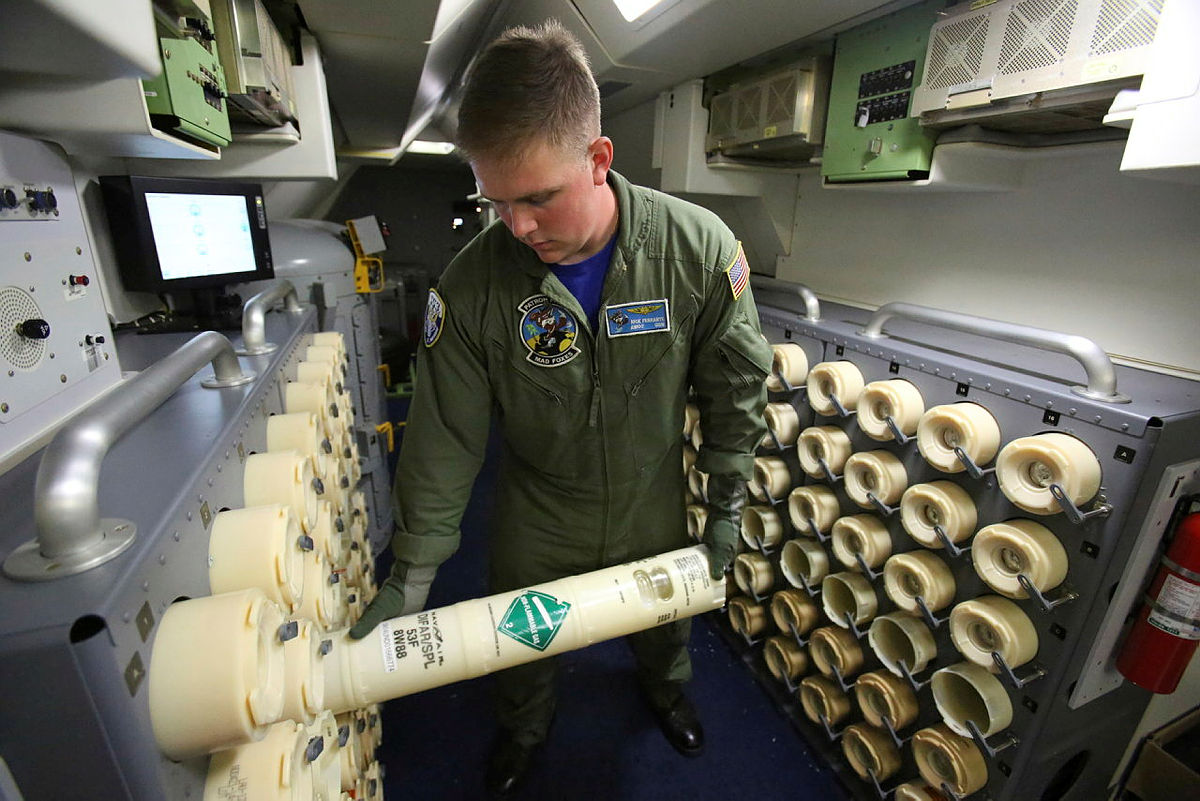
The advent of generative AI (GenAI) has marked a significant milestone in the evolution of technology, pushing boundaries on what seemed possible. Leading American technology companies, like OpenAI and Anthropic, have been at the forefront of this revolution, releasing large language models (LLMs) with unprecedented capabilities.
But in our report on the implementation of generative artificial intelligence (GenAI), the Special Competitive Studies Project warns that while the US has opened a critical technological advantage over the rest of the world in this area, this moment may not last.
From mastering complex games to revolutionising medical diagnostics and acing standardised tests, AI’s potential is clear. Its applications have permeated finance, marketing, data management, game development, computer science, healthcare, and more, signaling a paradigm shift in how the average human interacts with computers and data and, ultimately, makes decisions.
As established and emerging leaders in this domain, the United States and Australia should leverage the window of opportunity brought on by GenAI to capture an enduring strategic advantage in the Indo Pacific.
Harnessing GenAI for strategic advantage will require a concerted effort by the US, Australia, and partner nations. Fortunately, the AUKUS partnership is a robust mechanism for technology sharing between allies and is already beginning to bear fruit. While much of the attention for AUKUS has been given to the agreement’s first pillar, which lays the foundation for a landmark Virginia-class submarine sharing, arguably the most imminent component of the treaty lies on Pillar Two. The second pillar of AUKUS holds the potential to turbocharge technology adoption through jointly developing advanced capabilities, which could ensure that Australia, the UK, and the US remain interoperable and interchangeable in conflict.
As part of the latest round of talks in December, the UK, US and Australia agreed to deploy ‘advanced AI algorithms on multiple systems, including P-8A maritime patrol aircraft to process each nation’s sonobuoys’. Defence leaders from the three countries also announced that they are delivering resilient and autonomous artificial intelligence technologies. This system delivers ‘artificial intelligence algorithms and machine learning to enhance force protection, precision targeting, and intelligence, surveillance, and reconnaissance’. Increased defence spending on mutually beneficial capabilities, including $25 million on ‘AUKUS innovation initiatives’, reinforces the need for allies to stay on the cutting edge of technology.
Although substantial progress is being made with the AUKUS agreements, much more can be done to fully harness the innovation power that GenAI stands to bring to allied defence capabilities. At a minimum, we should ensure that a gap does not emerge between allies in access to and integration of the most advanced GenAI models. This could lead to a bifurcation, where the militaries of some nations press ahead in adopting GenAI while others lack resources or trust in the technology. Over time, growing disparities could undermine coalition interoperability, interchangeability, and technological edge.
In SCSP’s report report, we outlined four areas that show potential for transformation of allied military power.
GenAI models could greatly enhance military decision-making. The war in Ukraine has demonstrated that policymakers and military commanders are increasingly being confronted with exceptionally compressed timelines. An Indo-Pacific contingency would most certainly underscore the importance of speed, placing a premium on information and decision advantage. The only way to survive and win in such an environment is to augment our human decision-making with AI-enabled capabilities.
GenAI promises to improve the conduct of military operations across vast distances—a priority as China expands its strategic assertiveness in the Pacific. Already the US, UK, and Australian navies are deploying AI algorithms to accelerate the processing of sonar data from their underwater sensors. By further incorporating such capabilities, allies can quicken identification and response to threats over expansive terrain.
Realising the transformative potential of GenAI requires investing in personnel across capability areas. This means recruiting top AI talent and scientists to construct advanced defence-tailored autonomous systems, reskilling service members across domains to integrate these tools, and identifying existing military occupational series that may no longer be relevant and new ones still to be created. AI-enabled warfare is already here; we need allied military personnel who can deliver AI effects.
New opportunities with GenAI will also create new challenges that will require new defences, including known threats like disinformation, cyber, and biological agents. GenAI models will increasingly lower the threshold of action for malign actors, old and new. Our nations must actively identify the threats that AI will change and the new vectors of attack it will create and start building defences now. We are certainly headed in a direction where AI-enabled systems will battle each other, not just on the battlefield.
There is reason to be concerned that we are approaching a critical juncture when our nations will be called on to safeguard democracy across the Indo-Pacific. We should be doing everything we can to capitalise on the strategic window of opportunity that GenAI has opened for allies. If done properly, we can achieve unmatched human-machine teaming within and between our militaries to deter adversaries or, if combat becomes necessary, to win a future conflict. We have the moment, we have the willing partners in AUKUS, and we have the will to overcome any obstacle. The time for action is now.

